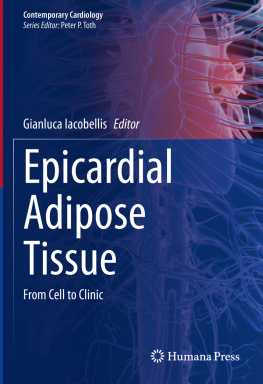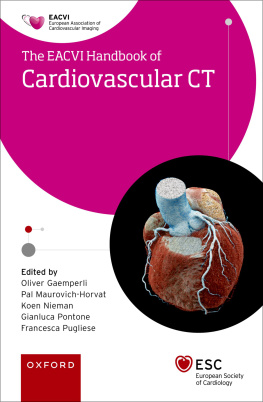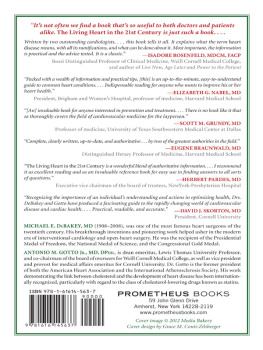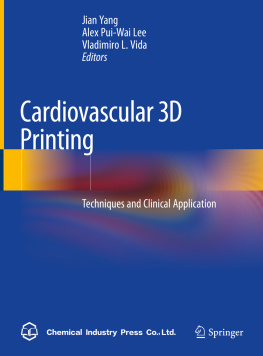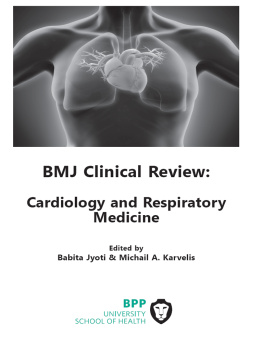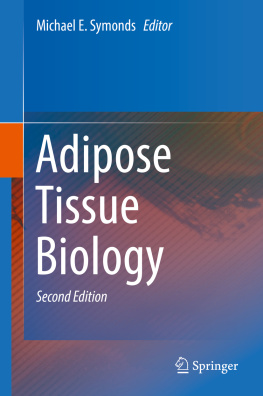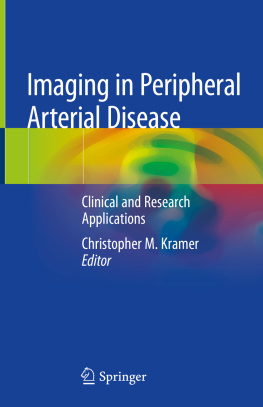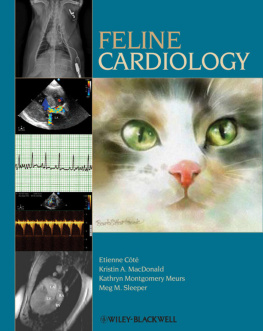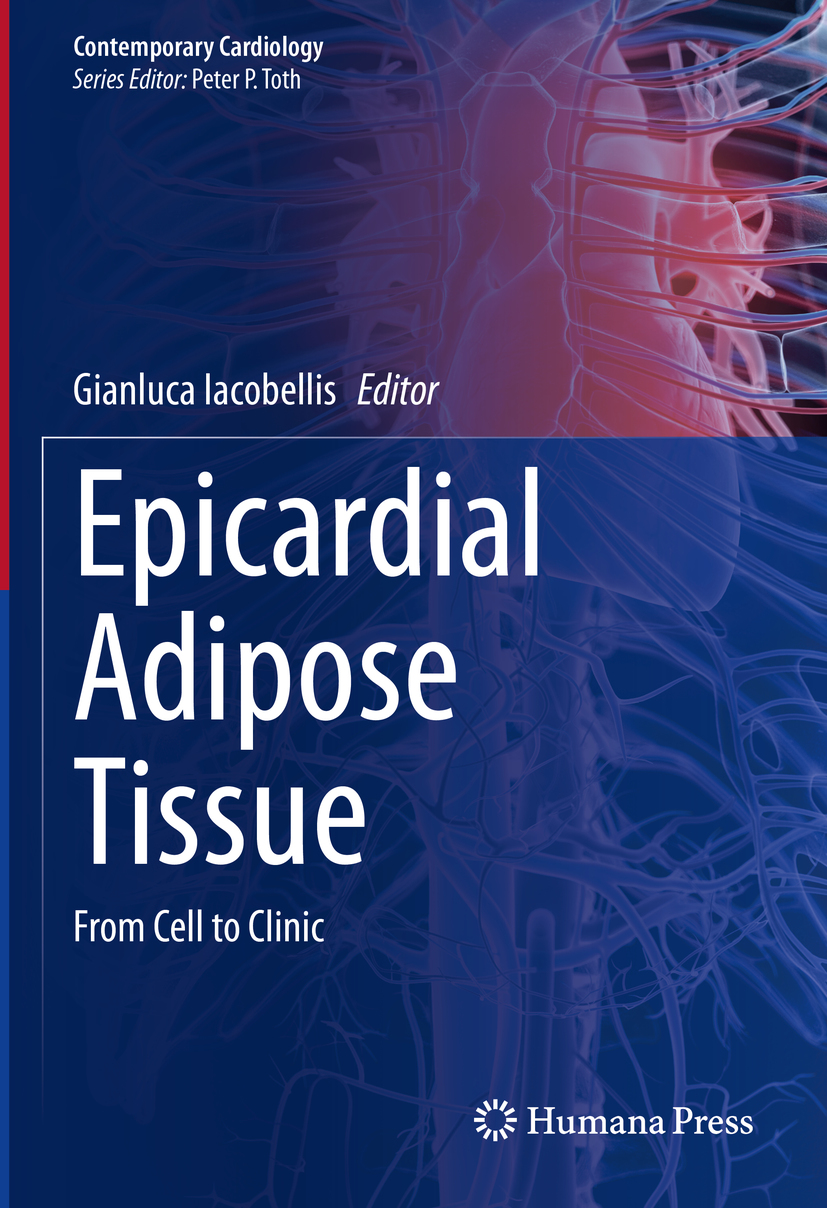Editor
Gianluca Iacobellis
Division of Endocrinology, Diabetes and Metabolism, Department of Medicine, University of Miami, Miller School of Medicine, Miami, FL, USA
ISSN 2196-8969 e-ISSN 2196-8977
Contemporary Cardiology
ISBN 978-3-030-40569-4 e-ISBN 978-3-030-40570-0
https://doi.org/10.1007/978-3-030-40570-0
Springer Nature Switzerland AG 2020
This work is subject to copyright. All rights are reserved by the Publisher, whether the whole or part of the material is concerned, specifically the rights of translation, reprinting, reuse of illustrations, recitation, broadcasting, reproduction on microfilms or in any other physical way, and transmission or information storage and retrieval, electronic adaptation, computer software, or by similar or dissimilar methodology now known or hereafter developed.
The use of general descriptive names, registered names, trademarks, service marks, etc. in this publication does not imply, even in the absence of a specific statement, that such names are exempt from the relevant protective laws and regulations and therefore free for general use.
The publisher, the authors and the editors are safe to assume that the advice and information in this book are believed to be true and accurate at the date of publication. Neither the publisher nor the authors or the editors give a warranty, expressed or implied, with respect to the material contained herein or for any errors or omissions that may have been made. The publisher remains neutral with regard to jurisdictional claims in published maps and institutional affiliations.
This Humana imprint is published by the registered company Springer Nature Switzerland AG
The registered company address is: Gewerbestrasse 11, 6330 Cham, Switzerland
Preface
The idea of looking at the epicardial adipose tissue hit me about 20 years ago. At the beginning, it was purely an observation. I was completing my fellowship in endocrinology but had an obvious passion for the heart and its potential as an endocrine organ. When my father, a professor of cardiology, was performing echocardiograms, I started noticing a consistent link between the patients belly and that echo-free space in the echocardiographic imaging. The more abdominally obese the patient, the bigger the echo-free space. That would have been the epicardial fat.
So, first, I developed and validated the ultrasound technique to measure epicardial fat. However, my curiosity was not yet satisfied. I searched the literature on the epicardial adipose tissue but found scarce and dusty information, mostly from old textbooks of human and comparative anatomy. It was clearly a neglected adipose tissue, just silently standing by the heart. At least, it was so believed. Few anatomists from the nineteenth century were questioning the meaning and causes of the fatty heart. The comparative anatomy was actually more intriguing, as I learned that some animals, particularly those who hibernate, had a large fat cushion that could protect the heart during the hibernation. I thought that was fascinating but basically unexplored in humans.
So my pioneering work in this field began. This books intent is to summarize the enormous and continuously growing scientific-based evidence on the multifaceted aspects of epicardial fat and its clinical applications. Novel discoveries regarding epicardial fat occur on an almost daily basis. I have done my best to present the most updated literature and to report the newest findings in this book. The purpose of this volume is not only to provide an overview of the anatomical, biomolecular, genetic, imaging, and clinical features of epicardial fat but also to stimulate further research and any clinical implications generated by current research. The book will literally take you from cell to clinic, from the lab to your patient.
I have had the privilege to be accompanied by renowned colleagues and friends who greatly contributed to this book with their expertise and dedication. You will read that epicardial fat is actually a very active endocrine (or, better, paracrine) organ that cross-talks with the myocardium and the coronary arteries, as no muscle fascia separates the fat from these contiguous structures. You will be amused by the unique transcriptome of the epicardial fat, so enriched with genes encoding for pro-inflammatory, pro-fibrotic, and atherogenic factors. This volume wants to reach out to a broad spectrum of readers and specialists. Having a biomarker that is peculiar, unique, measurable, and ultimately modifiable is appealing to any basic scientist and clinician. Epicardial fat can play a key role in the development and progression of eliminating diseases such as the coronary artery disease and atrial fibrillation, as nicely described here by worldwide experts in these fields.
We can now, quantitatively and qualitatively, measure this fat depot with routine, noninvasive imaging procedures and predict the cardiovascular risk, as comprehensively discussed in three focused chapters. Experts in the field will guide you through the neuromodulation of the epicardial fat. A beautiful chapter is dedicated to the perivascular fat, so different but also so similar to the epicardial fat. You will also read and learn about the dual role of the epicardial fat, both detrimental and protective. As aJanus Bifrons, epicardial fat will show you its dichotomous face.
The topic is certainly innovative, the results are promising, but further investigations are necessary to address key questions. In my view, future research on epicardial fat will take two main streamscausality and utility. First, it will be focused on understanding the independent causative role of epicardial fat in coronary artery disease and atrial fibrillation. Currently, we have evidence that epicardial fat is a sensitive target of drugs modulating the fat. Future studies will explore how the pharmacological manipulation of epicardial fat could eventually restore its physiological and protective properties. Breaking from traditional schemes, the research on the epicardial adipose tissue can open new and important avenues. This book will guide you through this exciting journey.

